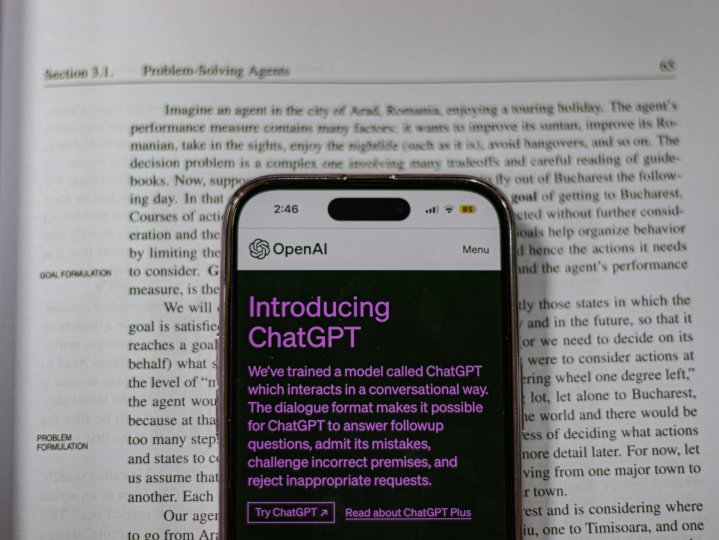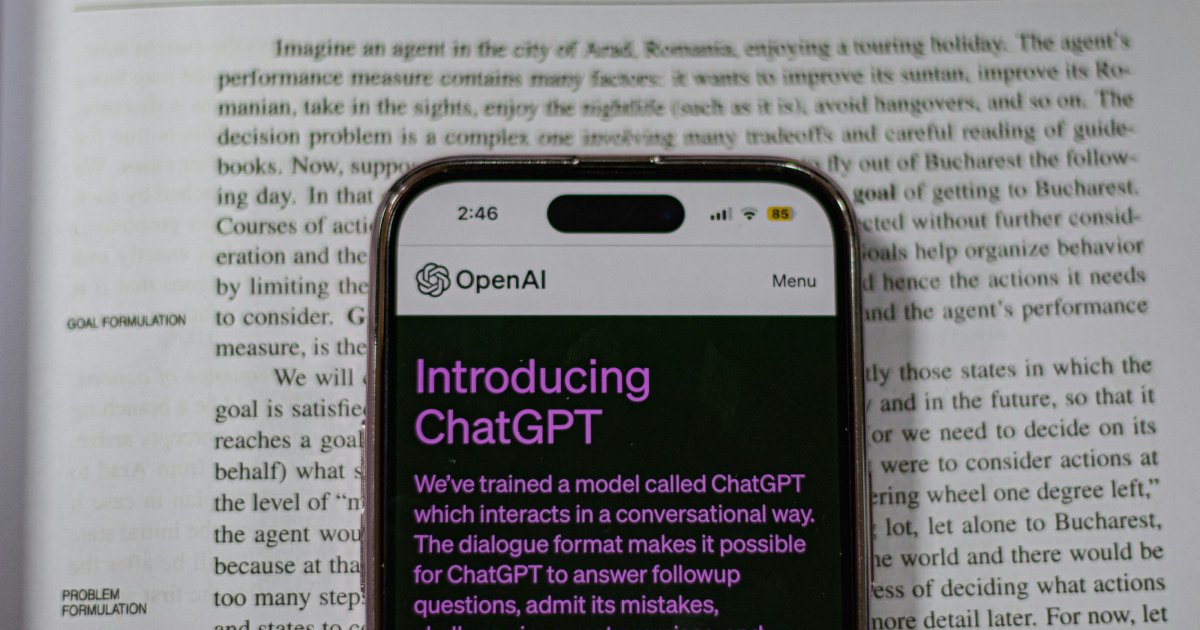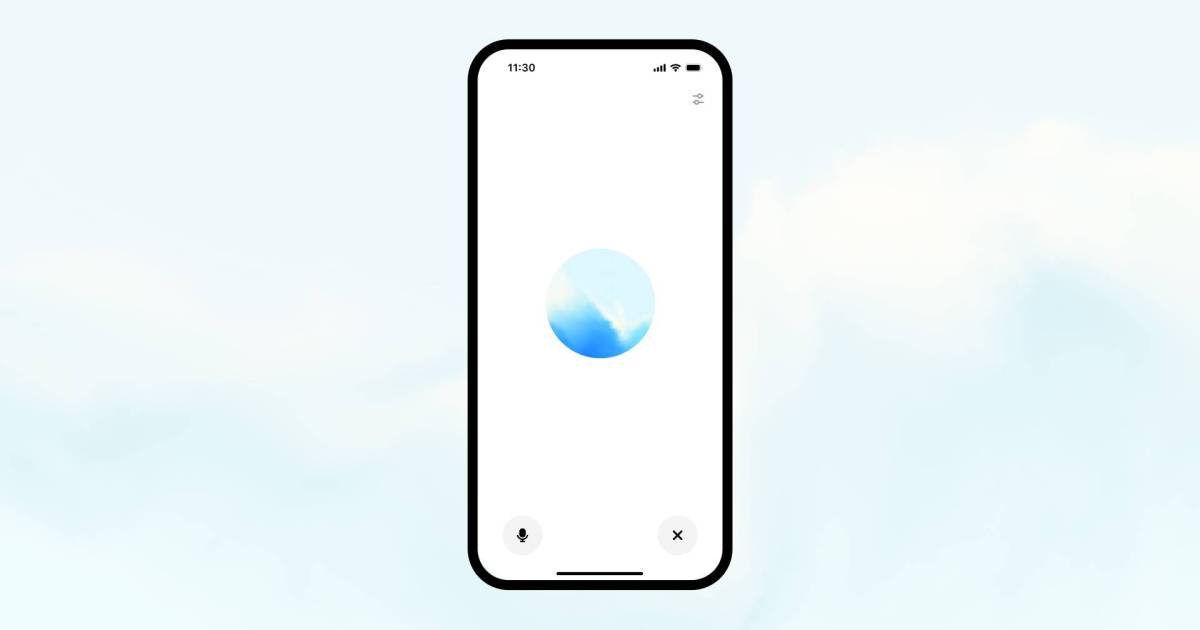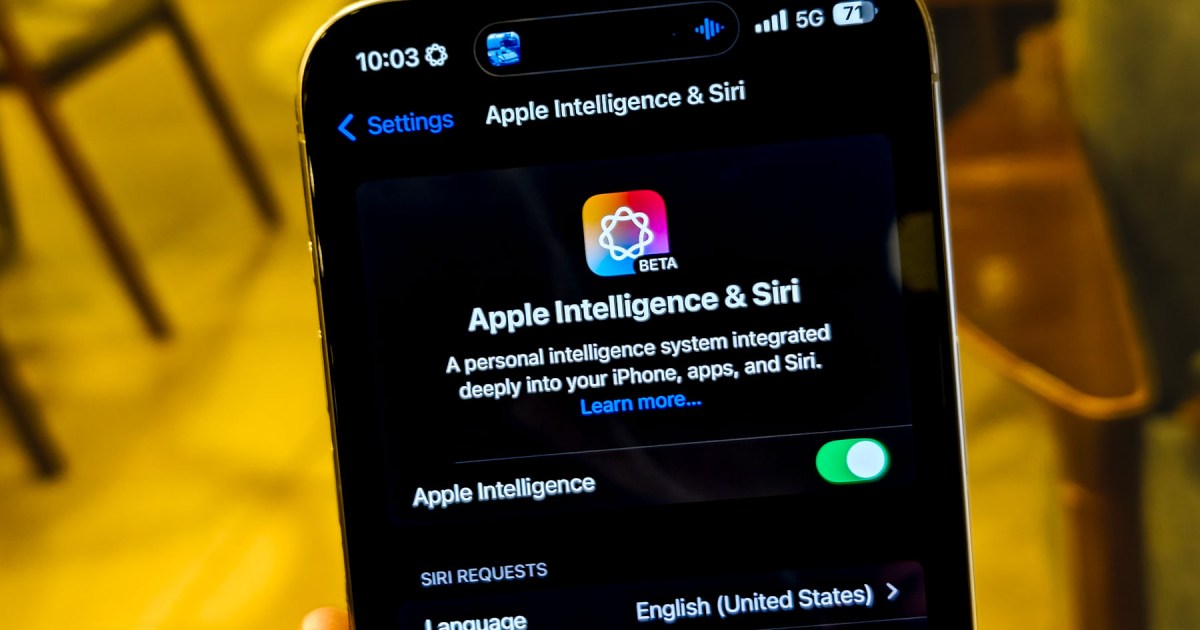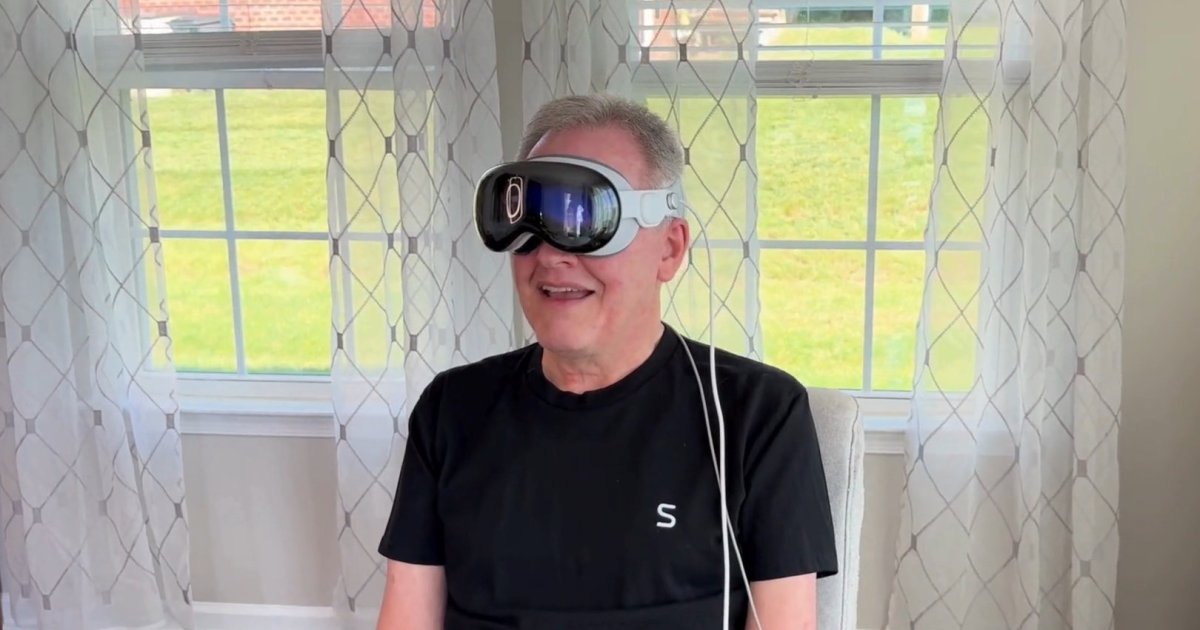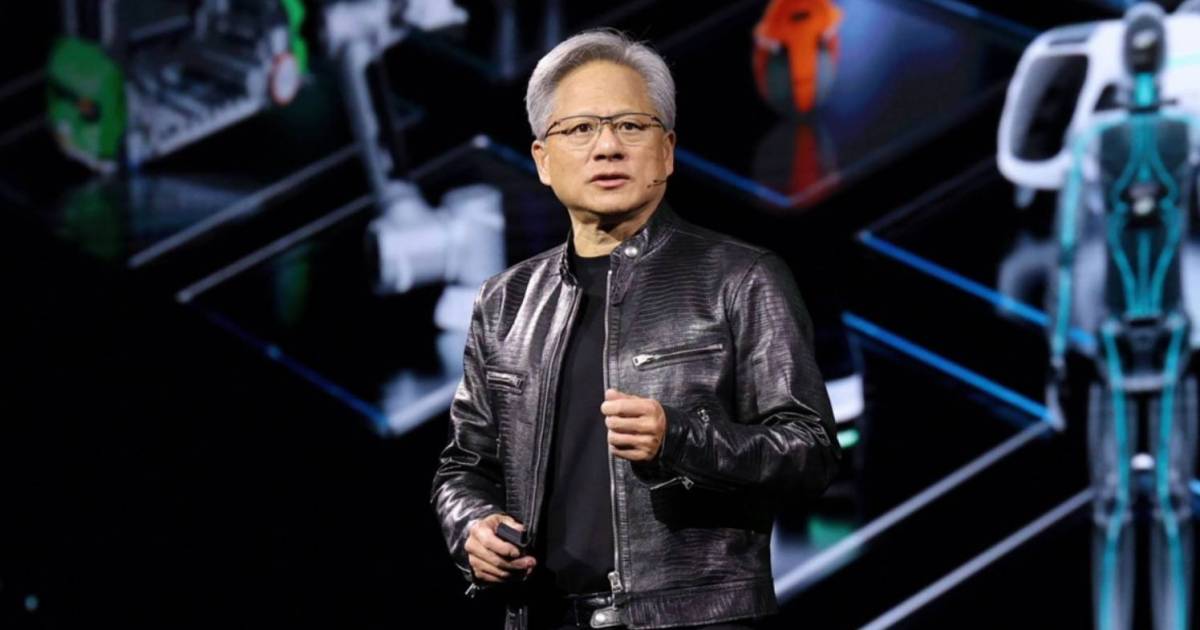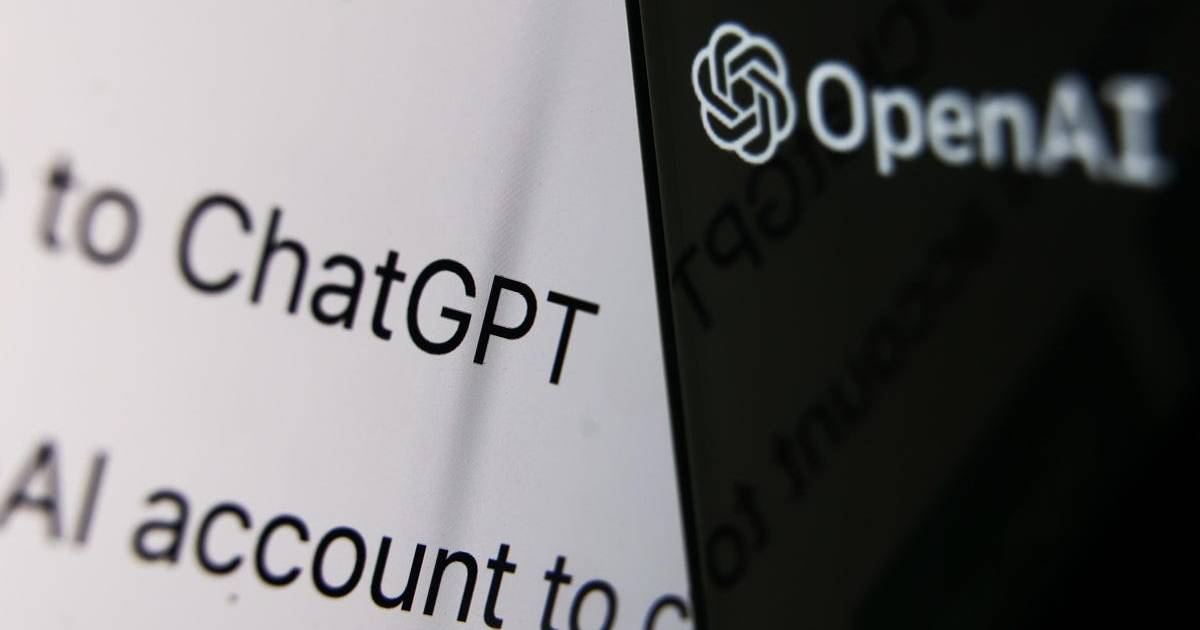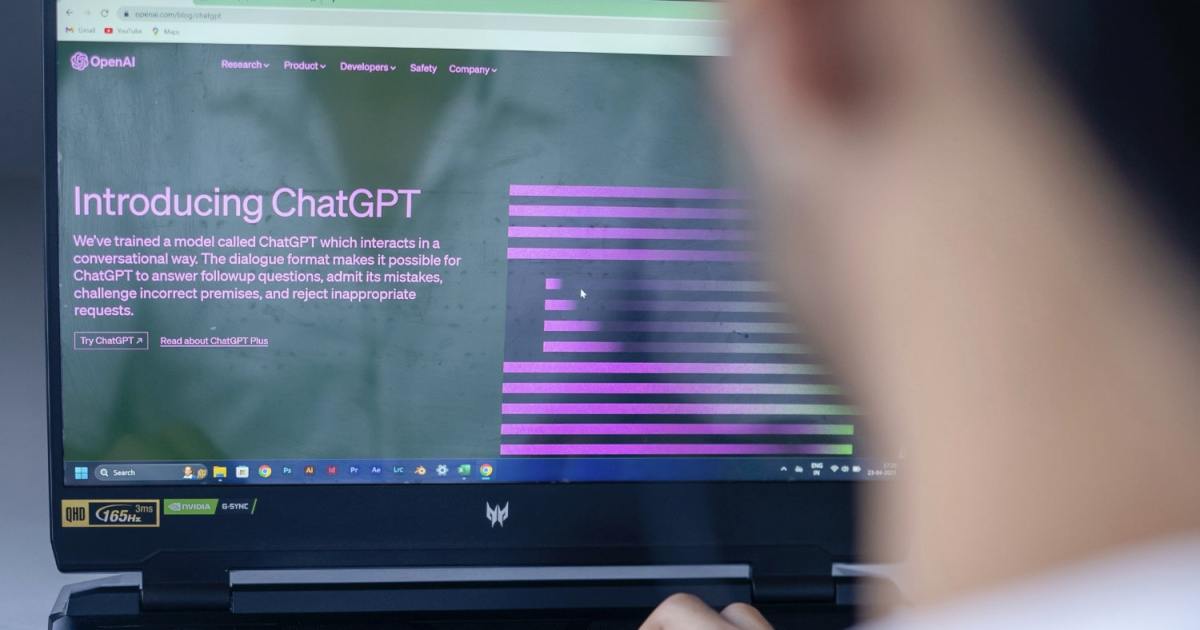ChatGPT users engaging in plagiarism should take heed. OpenAI has confirmed the development of a tool capable of detecting text generated by GPT-4 with remarkable accuracy, reportedly as high as 99.99%. However, the company has been grappling with the decision of whether or not to release this tool publicly for over a year.
According to TechCrunch, OpenAI is proceeding cautiously, citing the complexities of the issue and its potential impact on the wider ecosystem. An OpenAI spokesperson explained their “deliberate approach” stems from concerns about the risks associated with the technology, including potential misuse and disproportionate effects on certain groups, such as non-English speakers. They emphasized the “important risks” being weighed while researching alternatives.
The text-watermarking system functions by embedding a specific, undetectable pattern within GPT-4’s output. This pattern is invisible to the user but identifiable by OpenAI’s detection tool. While highly effective for GPT-4 generated content, the tool cannot currently detect outputs from other large language models like Google’s Gemini or Anthropic’s Claude. Furthermore, the watermark can be circumvented by translating the text into a different language and then back again, for example, using Google Translate.
This is not OpenAI’s first foray into AI text detection. In early 2023, the company discontinued a previous attempt due to its low accuracy and tendency to produce false positives. This earlier tool required manual input of at least 1,000 characters and only correctly identified AI-generated content 26% of the time. It also incorrectly flagged human-written text as AI-generated 9% of the time, even leading a Texas A&M professor to wrongly fail an entire class based on the tool’s inaccurate assessment.
Public perception also plays a role in OpenAI’s hesitation. The Wall Street Journal reports that 69% of ChatGPT users doubt the reliability of such tools and fear false accusations of cheating. An additional 30% of users indicated they would switch to alternative AI models if OpenAI implemented the watermarking feature. There are also concerns that developers could reverse-engineer the watermark, rendering the detection tool ineffective.
Despite OpenAI’s internal debate, other AI startups are actively developing their own text detection tools, including GPTZero, ZeroGPT, Scribbr, and Writer AI Content Detector. However, given the current limitations and unreliability of these tools, human analysis remains the most dependable method for identifying AI-generated content—a reality that raises concerns about the efficacy of automated detection in the long term.
